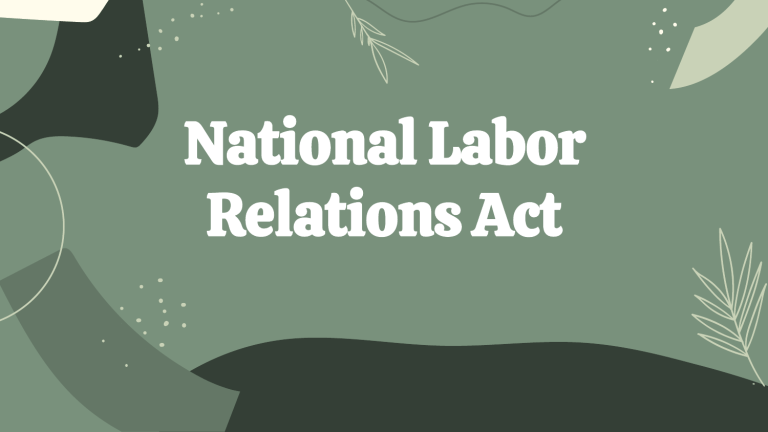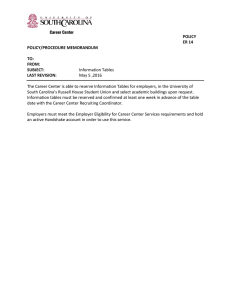
National Labor Relations Act What it is? It is a U.S. federal law that guarantees the right of private sector employees to organize in unions, engage in collective bargaining, and take collective action such as strikes. A central element of the event was the banning of trade unions from companies. The act was written by the senator. Robert F. Wagner and was signed into law by President Franklin D. Roosevelt. The law established the National Labor Relations Board to prosecute labor law violations and oversee the process by which employees decide whether they should be represented by a labor organization. It also established several rules relating to collective bargaining and defined a number of unfair labour practices, including interference in the formation or organization of trade unions by employers. Contents The main policies set by the NLRA were as follows: 1. Employers are prohibited from interfering with the freedom of workers to associate, to help each other, or to self-organize. 2. Employers are prohibited from restricting or restricting the ability of workers to join, found, or support any trade union; collectively agree on wages and working conditions, and appoint representatives. These rights must be exercised in full freedom, whether or not they are members of a trade union. 3. Employers are prohibited from attending or leading a trade union organization. 4. Employers are prohibited from discriminating against workers who file complaints, accusations, or testimony against their employers. 5. It shall be prohibited to discriminate against workers who encourage or discourage support for a particular trade union organization. 6. Employers are prohibited from refusing to bargain collectively on wages or working conditions with workers or their representatives. Consequences The main consequence of the NLRA was to stimulate the growth of unions in the United States, particularly by revitalizing the American Federation of Labor and its rival organization, the Congress of Industrial Organizations. At the same time, the federal government established mechanisms to enforce the NLRA, but this caused nearly as many labor strikes during World War II as in the previous period, which reduced the popularity of the NLRA among employers and government officials..



